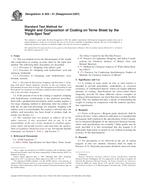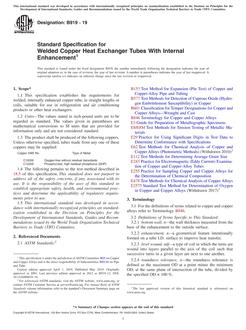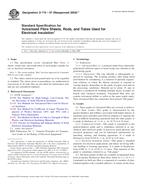1.1 It is the intent of this guide to permit an investigator to investigate the oxidative stability of ultra-high molecular weight polyethylene (UHMWPE) materials as a function of processing and sterilization method. This guide describes a laboratory test method for accelerated aging of UHMWPE specimens and components for total joint prostheses. The UHMWPE is aged at elevated temperatures and, alternatively, at elevated partial pressures of oxygen, to accelerate oxidation of the material and thereby allow for the evaluation of its long-term chemical and mechanical stability.
1.2 Although the accelerated-aging test methods described by this guide will permit an investigator to compare the oxidative stability of UHMWPE, it is recognized that these test methods may not precisely simulate the degradative mechanisms for an implant during real-time shelf aging and implantation. However, these accelerated oxidation methods have been successfully used to rank UHMWPE materials for their long-term oxidative stability.
1.3 The accelerated aging test methods specified herein have been validated based on oxidation levels exhibited by certain shelf-aged UHMWPE components packaged in air and sterilized with gamma radiation. The methods have not been shown to be representative of shelf aging when the UHMWPE is packaged in an environment other than air. For example, these test methods have not been directly correlated with the shelf life of components that have been sealed in a low-oxygen package, such as nitrogen.
This standard does not purport to address all of the safety concerns, if any, associated with its use. It is the responsibility of the user of this standard to establish appropriate safety and health practices and determine the applicability of regulatory limitations prior to use.
Product Details
- Published:
- 01/10/2000
- Number of Pages:
- 3
- File Size:
- 1 file , 33 KB


